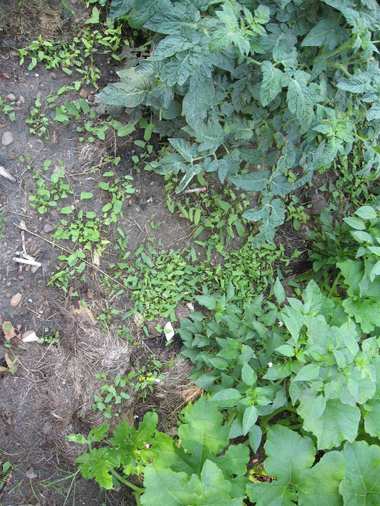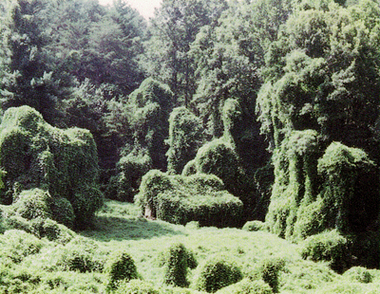I realize that this post-title sounds as if I'd lost both my remaining marbles, or else as though I were trying to imitate the inimitable off-the-wall titles of the great Blogger from Blackpitts, James A-S himself. But no. As you will see.
Let us begin with the subject of spreading compost. Easy, right? All you need is a wheelbarrow and a shovel. Well. Check out the photo below.
Source: Compost: Completing the Cycle
Texas Commission on Environmental Quality (TECQ), 20
That, folks, is how they do it in Texas. Apparently, when they go for compost there, they do it big-time. (Why am I not surprised?)
Compost blankets like this one reduce runoff, making reseeding disturbed soil far quicker, more successful, and therefore economical than it is when using what are disparagingly referred to as "traditional methods." But that's not really the point here. The point is the machinery, which I'll return to in a minute.




 Subscribe to RSS feed
Subscribe to RSS feed


